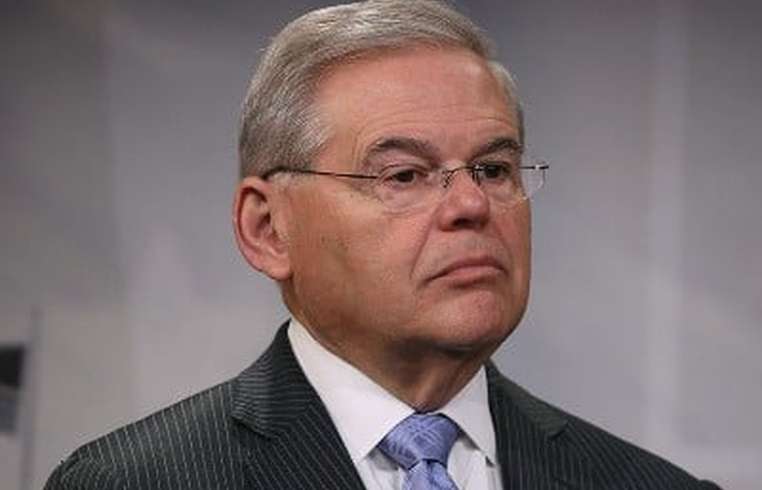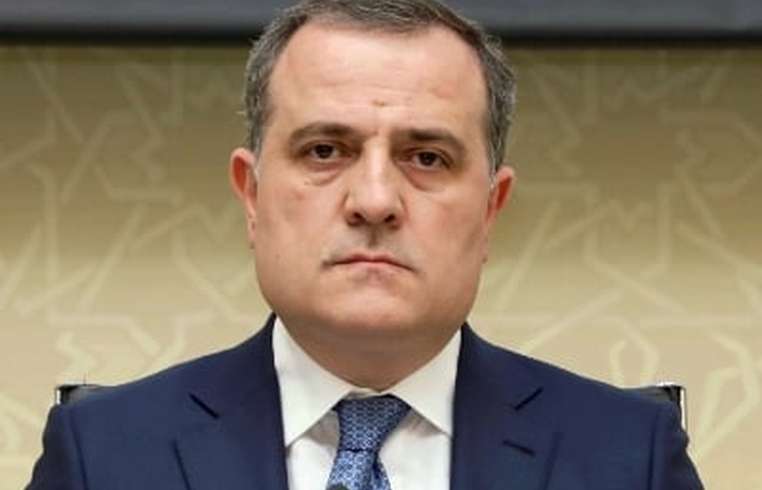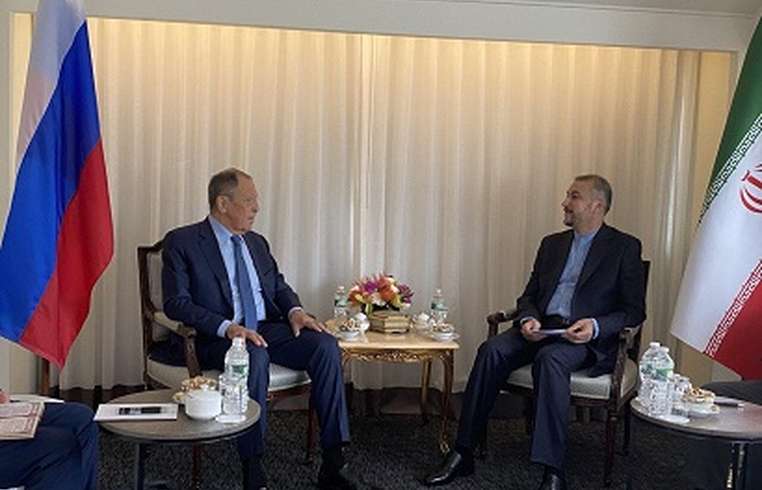
News - How Trump Demonstrated the United States' Missile Power Against China
Business Strategy
How Trump Demonstrated the United States' Missile Power Against China

The United States showcased two advanced missiles, considered capable of countering China's evolving military threat, during President Donald Trump's visit to a Japan-based aircraft carrier, a key U.S. frontline unit in the western Pacific. The U.S. Seventh Fleet confirmed to Newsweek that both the Long Range Anti-Ship Missile, or LRASM, and the AIM-174B air-to-air missile were on display on Tuesday during a presidential visit aboard the USS George Washington at Yokosuka naval base. The Chinese Foreign Ministry did not immediately respond to a request for comment. Why It Matters The U.S. views Japan as a crucial ally under its island chain strategy, which seeks to project military power and deterrence amid potential Chinese aggression in the South China Sea and over Taiwan by forming three defensive lines across the western Pacific. Facing China's fast-growing navy, which operates over 370 vessels—making it the world's largest by hull count—the U.S. military has fielded the LRASM, a precision-guided missile with a range of more than 230 miles, on its aircraft to sink enemy ships. The U.S. Navy has equipped its Japan-based fighter jets with the AIM-174B, the air-launched variant of the Standard Missile-6, which has a range of 290 miles, to enhance the protection of its aircraft carriers amid China's buildup of ship-sinking capabilities. United States President Donald Trump rides an aircraft elevator aboard the aircraft carrier USS George Washington during a presidential visit while moored pierside at Yokosuka naval base in Japan on October 28, 2025. What To Know During his visit aboard the George Washington, Trump was seen riding an aircraft elevator and standing between a pair of F-35C stealth fighter jets and two missiles, according to a U.S. Navy photo and footage released by a White House official. Military observers identified the missiles as the LRASM and the AIM-174B, displayed on Trump's right and left sides, respectively. While the F-35C jet is being integrated with the LRASM, it remains unclear whether the aircraft can carry the AIM-174B. LISTEN as President Trump arrives on the USS George Washington 🇺🇸 pic.twitter.com/bOcsUn5rML— Margo Martin (@MargoMartin47) October 28, 2025 The George Washington also deploys with F/A-18E/F jets, which have been confirmed capable of carrying the AIM-174B. All fighter jets assigned to the aircraft carrier are stationed at Marine Corps Air Station Iwakuni in Japan when not deployed at sea. Two days after hosting Trump, the George Washington departed Yokosuka naval base, with its flight deck seen parked with multiple aircraft. Stars and Stripes reported that the aircraft carrier, which returned to its home port on October 18, resumed its patrol. The aircraft carrier was first deployed on September 30 for routine operations in the Philippine Sea, the U.S. Seventh Fleet previously told Newsweek, before what Stars and Stripes described as an “abrupt and unusual” return to Japan ahead of Trump’s visit. The nuclear-powered aircraft carrier "USS George Washington" has departed Yokosuka Base. Another U.S. aircraft carrier, USS Nimitz, was deployed in the South China Sea, where a fighter jet and a helicopter assigned to it recently went down. All five crew members were recovered, with Trump suggesting "bad fuel" was the cause of both incidents. What People Are Saying President Donald Trump said during his visit aboard USS George Washington on Tuesday: "For two and a half centuries, America’s Navy preserves the vision of our first commander-in-chief who gave this ship its storied name, its righteous soul, and its timeless model. 'First in war, first in peace.' A very famous phrase, George Washington. After 250 years, that is exactly what our country is today." The U.S. Navy wrote in a photo caption on Tuesday: "George Washington is the U.S. Navy’s premier forward-deployed aircraft carrier, a long-standing symbol of the United States' commitment to maintaining a free and open Indo-Pacific region, while operating alongside allies and partners across the U.S. Navy’s largest numbered fleet." What Happens Next It remains unclear whether the U.S. Navy will conduct a dual aircraft carrier operation when both the George Washington and the Nimitz are deployed in the western Pacific.






